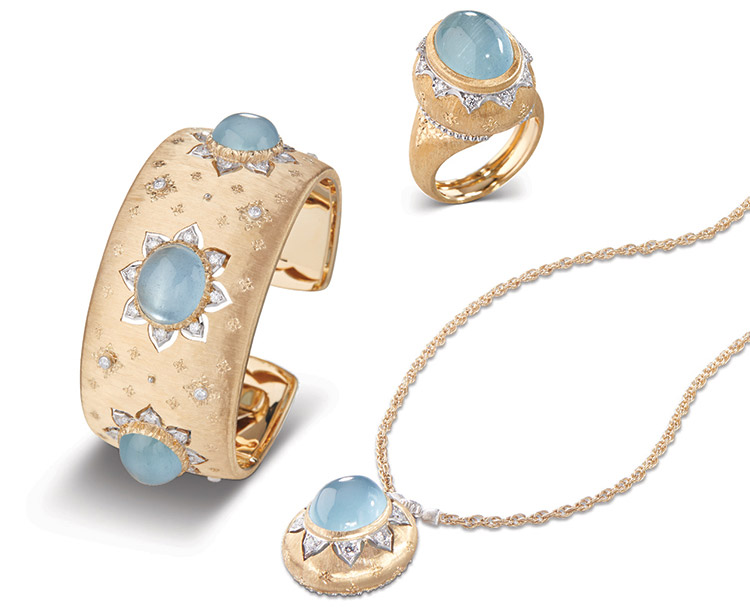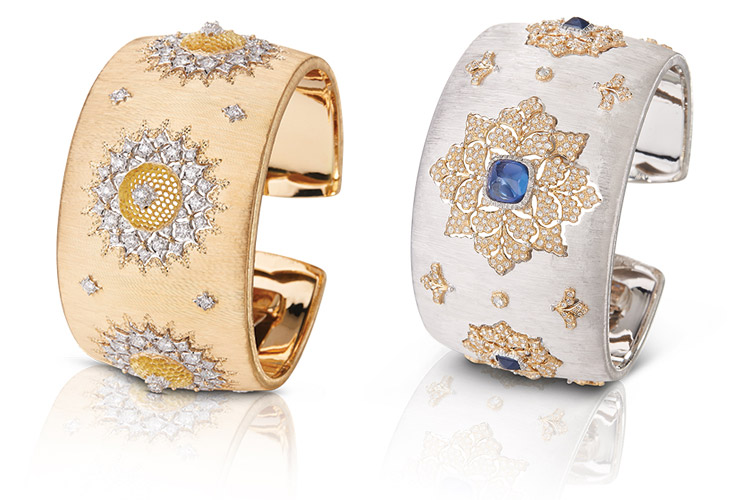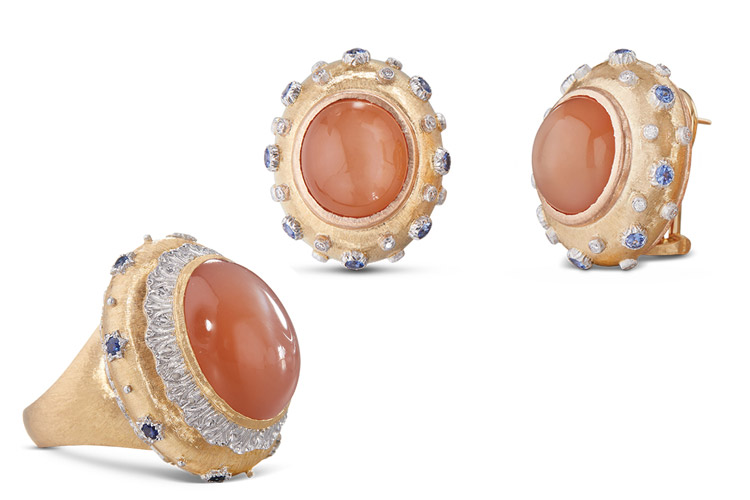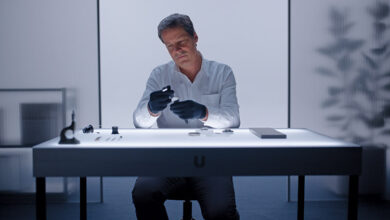Engraving the Buccellati way
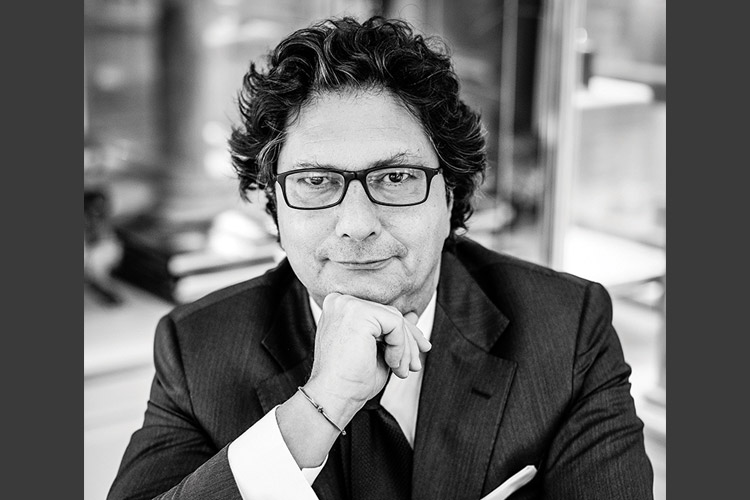
Italian high jewellery maison Buccellati has been making intricate haute joaillerie creations for more than a century and earned a special place in the hearts of jewellery aficionados for the various historic engraving techniques they employ. “Day & Night” magazine sat down with Luca Buccellati, Special Sales/VIP Client Director of the maison, on the side lines of the Doha Watches and Jewellery Exhibition 2024 to understand the history of the brand and its celebrated goldsmithing
Can you tell us about the history of Buccellati?
The brand was founded by my grandfather in 1919. He was a poor boy who came from the countryside outside Milan, and they moved to the city. He started working when he was 12, at the beginning of the 20th century. A very smart boy, he started working in a store that made silver jewellery. Some years later, one of the two co-owners passed away and the surviving owner asked Mario if he wanted to buy the store. Mario immediately accepted and bought the store, though nobody knows where he found the money for it. To make a long story short, at the beginning, he didn’t have the money to make jewellery, but he had a lot of ideas. The store was near the historic La Scala theatre in Milan, and Mario displayed all his sketches and designs of jewellery on paper – with scotch tape – in his windows. That is the legend of how Mario started Buccellati in 1919.
Can you tell us about its goldsmithing techniques that make Buccellati special?
We use a lot of techniques, all of which has been handed down for centuries. Second, every creation of ours is handmade – open work, engraving, stone-setting and so on. We have no machines. If you come to Milan to visit our workshop, you will find we just use three things – our head, our hand, and our heart. These three things together make the Buccellati brand. And what is interesting is that our inspiration always comes from the Italian Renaissance.
You have many interesting engraving techniques such as telato, rigato, segrinato, and ornato; how hard is it to create them?
It is difficult because they are all different techniques of engraving. You won’t find plain gold in our jewellery as every single millimetre is engraved in a different technique. In rigato, for instance, we make tiny lines with a special tool in order to make it feel like silky gold when you touch it. Some of our other engraving techniques come from a very famous 16th century jeweller called Benvenuto Cellini. My grandfather was looking at the work of Cellini in the museum and decided to engrave all his pieces in a similar manner; these engraving techniques make Buccellati special.
Why is that other brands do not use such techniques?
Mainly because such techniques take a lot of time, and everybody wants to sell their products immediately. Another resultant problem is the lack of stock; we have a lot of people waiting for our pieces. Even though we try to make everybody happy, our average waiting time for a piece of jewellery is at least nine months. That is the reality because we need that time to make it. When we have customers come into the store, I tell them that if they find something that they like, it is better to buy it immediately, because once the piece is gone, it will take another nine months before we can have another such piece ready for them.
Why is the waiting list so long? Is it because you cannot find qualified goldsmiths who have learnt these techniques?
That is indeed one of the reasons. That is why we have now founded the Buccellati Renaissance Academy in Milan, Italy. We train the young people in the school in engraving techniques from the Renaissance age. Hopefully, this will work and our problems will be solved in one year or so, and we should be able to have enough stock for each of our stores. We have 56 mono-brand stores around the world and trying to give the right stock to all the stores is difficult even though we are doing very well.
The brand is renowned for jewellery, but you also have so many other products that are not jewellery; how do you balance that?
We have been making silver since the very beginning of the company. Silver was born together with jewellery in 1919, and we keep the tradition alive. Silver represents around eight percent of our business, and we started making watches in the 70s. This started because we had clients asking us for watches then. We still make watches, but only for women. We stopped making watches for men five years ago because the competition is so high, it is crazy. We still have a collection, but it is not a focus for us. We still make ladies’ watches because they are essentially jewellery watches, and we make beautiful pieces.
